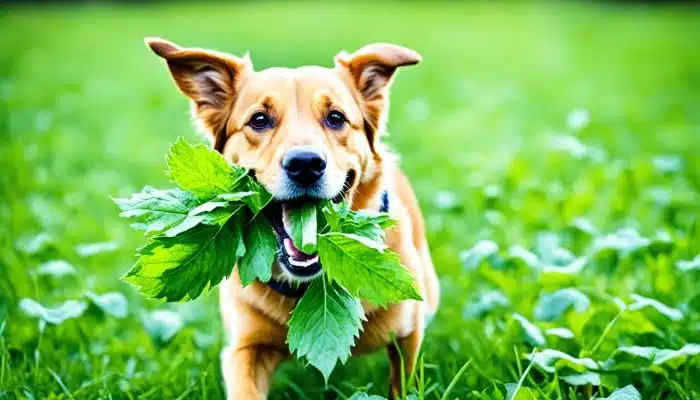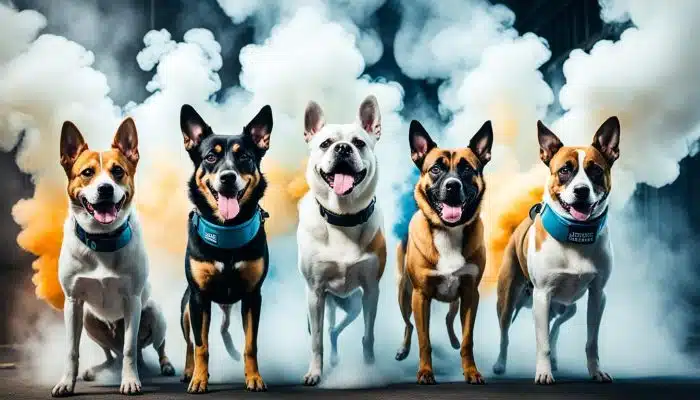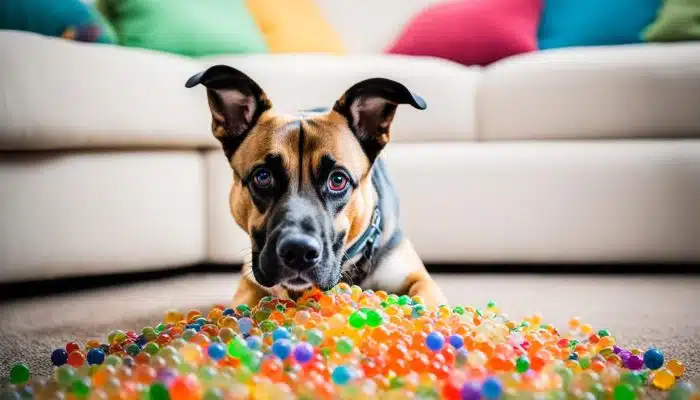People don’t really think much about brushing their dog because they consider it to be an important part of grooming and overall health care, but just like with humans, there’s a right way and a wrong way to brush your dog. Using the wrong brush or brushing too often can lead to irritated skin, hair loss, and even discoloration of the coat. Here are some quick tips from us at Pet Gifts & Toys on how to avoid overbrushing your dog.
For Grooming
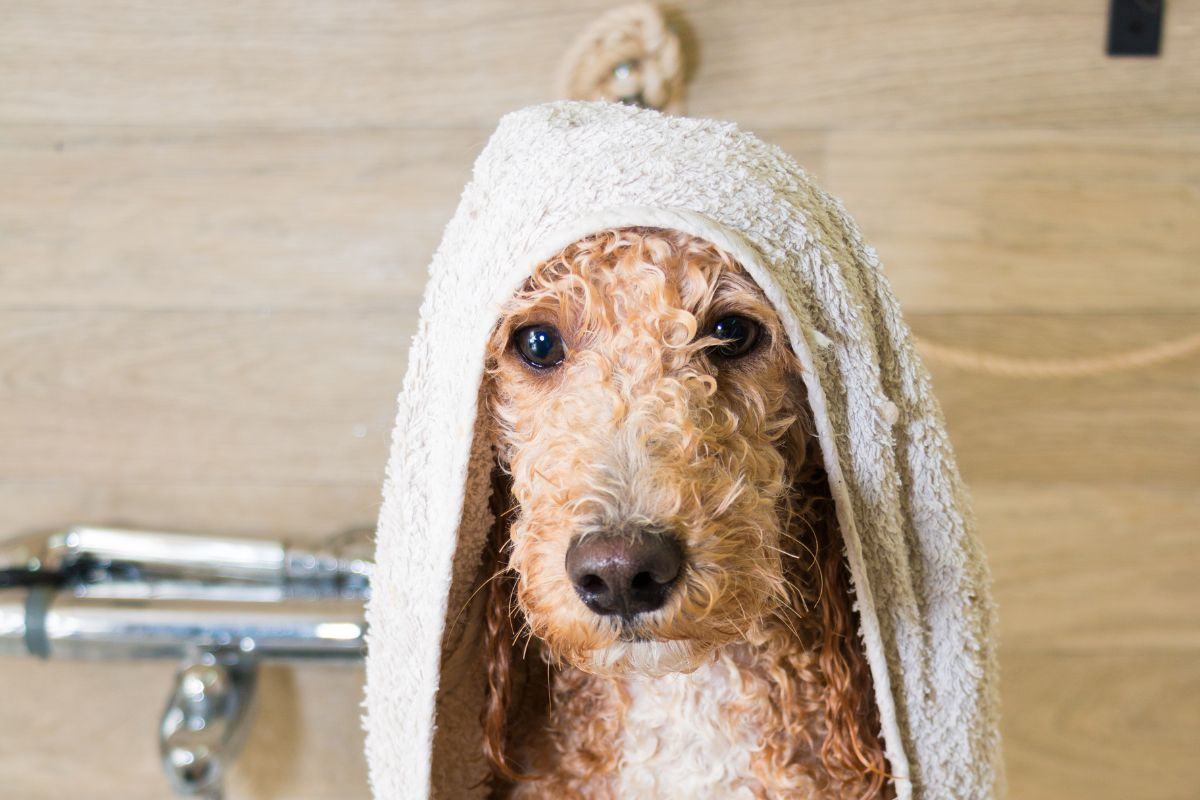
There is a direct correlation between grooming frequency and coat appearance. If you want that show-quality coat, then your dog must be bathed regularly, brushed regularly, and trimmed frequently. The more you groom your dog, the better its coat will look. If you can only find time to give your pooch a quick bath once every month or two, its hair won’t look as nice because it doesn’t get brushed on a regular basis.
For Coat Health
There are several reasons to brush your dog’s coat, but over-brushing can actually damage your dog’s health. Brushing properly, so that you’re not taking off too much fur or brushing too roughly, is important for your dog’s overall health. While it may seem like a good idea to brush as often as possible to remove loose fur and make sure your dog stays clean, even daily brushing should be done with care. Also making sure you stay away from certain dyes for dogs as well. If you happen to have dye in a dog’s hair, we have made a guide for getting it out here>>
To Combat Fleas
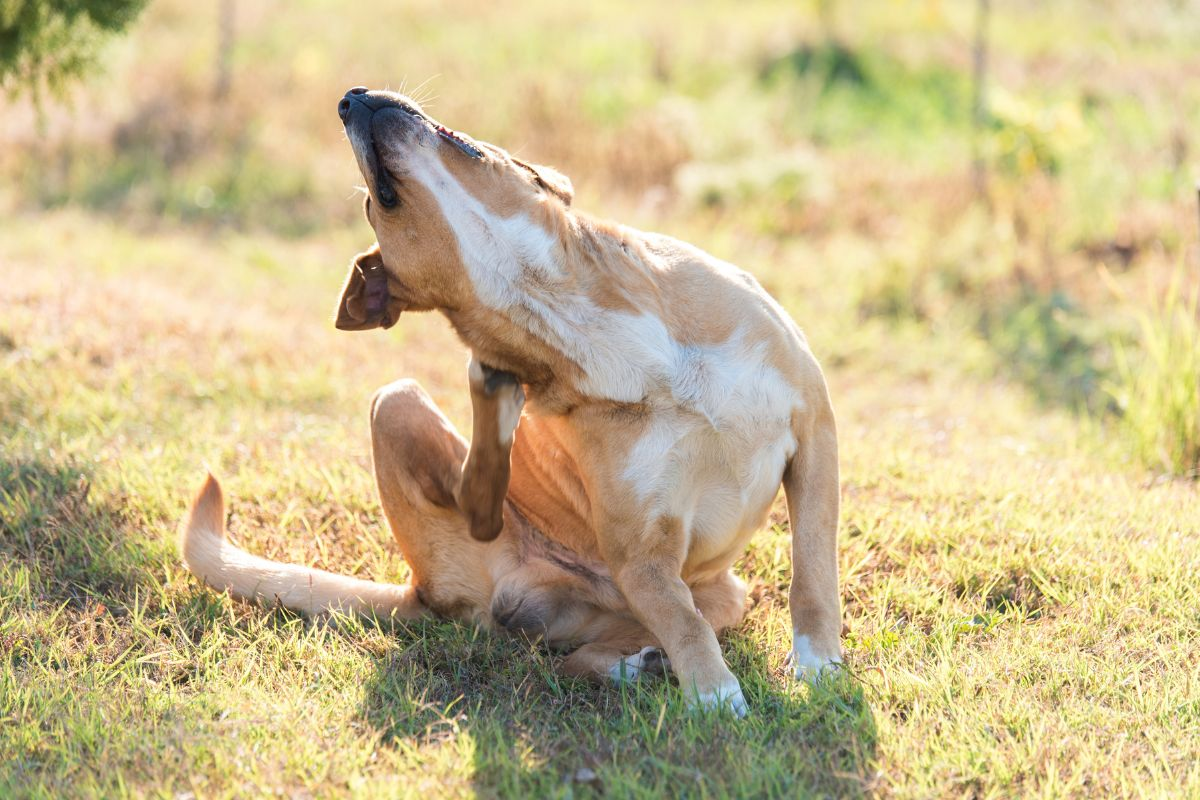
If your dog has fleas, you have to brush them as well. Fleas can be a problem for any owner, and there are several products on store shelves that will help. But even when using these products, you should still avoid over-brushing your dog. To keep your pup’s fur in great shape with fleas or without them, use these tips to find out how often you should be brushing your dog and what tools to use.
In Between Baths
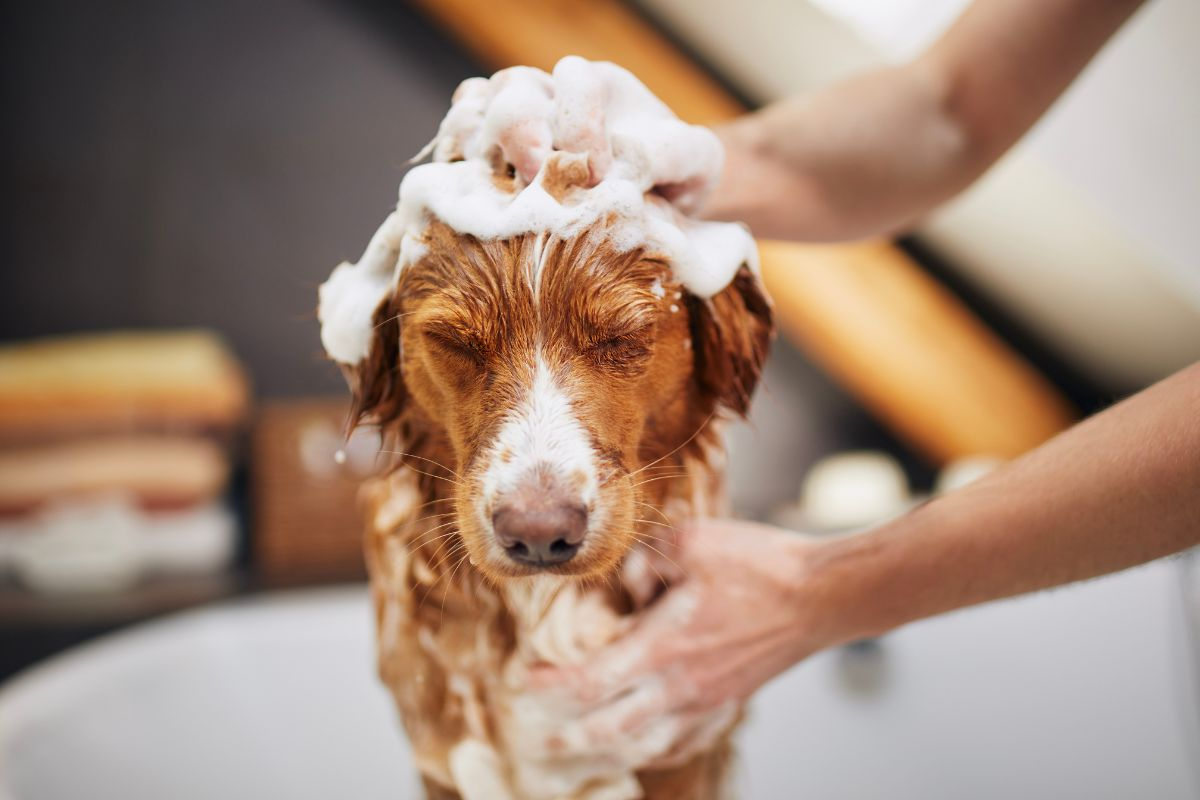
Brushing your dog once or twice a week is enough to keep him or her clean and healthy. Brushing too much can dry out your dog’s skin and create hairball issues. If you have a long-haired breed, they may benefit from extra brushing with an undercoat rake (brushes aren’t recommended for these breeds). Keep it up, though—don’t overdo it!
Twice A Year Baths (or more)
We all love to pamper our pets, and many of us are guilty of giving them more baths than they really need. But that extra scrubbing can actually dry out your dog’s skin and make them itchy, not to mention be harmful to your puppy’s coat. Experts recommend bathing dogs only twice a year or when they get dirty (like after rolling in mud). And even then, use a special soap made for dogs instead of human shampoo—human shampoos tend to have chemicals that aren’t good for dogs. If you bathe your pet too often, their natural oils will wash away and leave their fur feeling dry and brittle.
How Often Should I Brush My Dog?

You should brush your dog twice a week. The first brush is meant to remove loose fur, while the second brush should focus on massaging his skin and scratching behind his ears. Taking time out of your day to give your pup extra attention will keep both you and him happy and healthy. It’s also important to make sure that you’re using an appropriate brush for your pet’s hair type; otherwise, he may develop painful sores or matting.
Tips for Brushing Your Pet
Brushing your pet can be a great way to give them some much-needed attention, but overzealous brushing could cause damage. In fact, excessive brushing can lead to discomfort or pain for your furry friend. Even short sessions of excessive brushings can result in redness, irritation, and even scabs on your dog’s skin. If you’re trying to reduce shedding, look into alternative methods such as deshedding shampoos that contain enzymes that break down hair follicles at their roots. And if you have long-haired dogs who are prone to tangles, consider investing in a special grooming tool known as a rake that helps remove loose hair without pulling out healthy fur. It’s also important to note that different types of brushes work better with different types of coats; pay close attention to what works best for your pet.
Where to Start Brushing? The Face, Ears, and Underbody
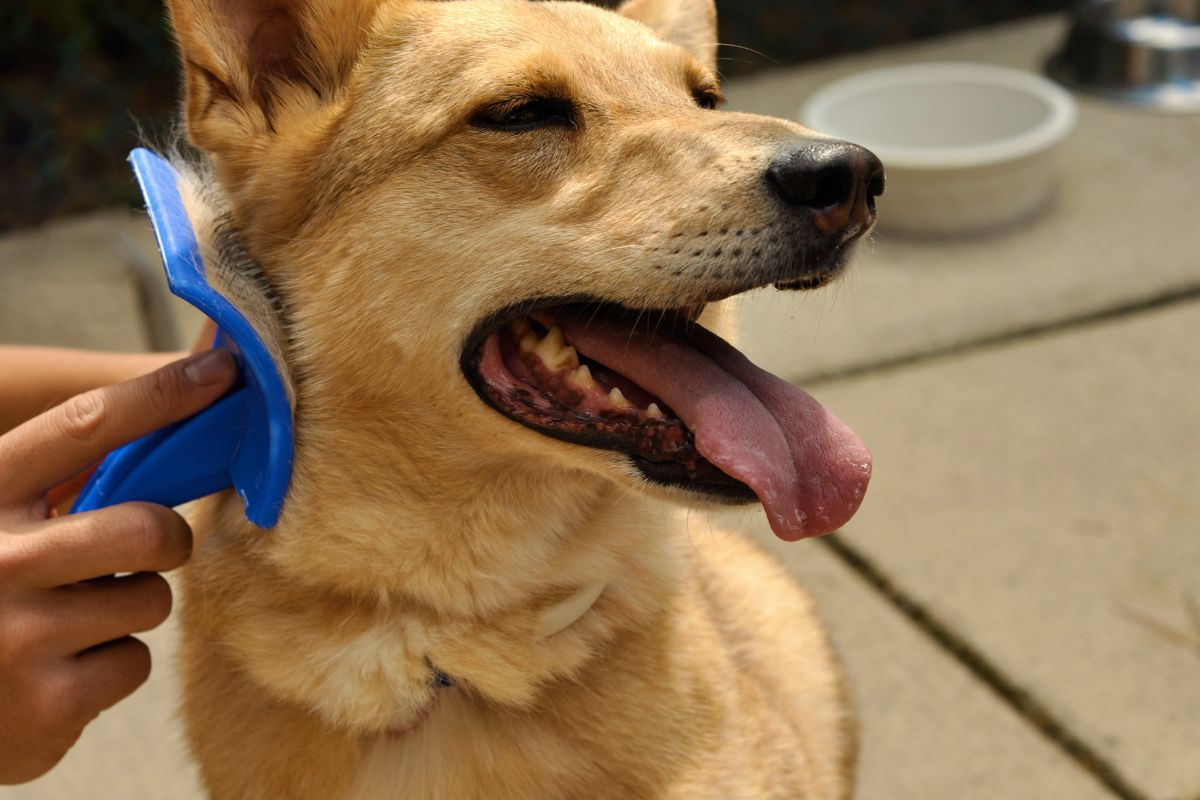
Start with areas that are easy to brush and most likely to become matted—think face, ears, and tail. For dogs with short hair, skip brushing these areas and focus on their body instead. The easiest way to brush your dog’s ears is by gently pulling them back while you run a soft-bristled brush through them. If your dog doesn’t like having his ears pulled, use a cotton ball or gauze pad to wipe away any dirt and debris from inside his ear canal. When it comes to brushing your dog’s underbody, be sure not to forget about his chest, belly, legs, and feet (if he has them). You can also use an old toothbrush for hard-to-reach places like behind his front legs or around his neck.
Tools to Use When Brushing Your Pet

There are many kinds of dog brushes, each designed for different use. For example, wire-bristle brushes are good for removing mats and tangles from long-haired dogs, while slicker brushes work well for dogs with shorter hair. In addition to a brush, you’ll also need some dog shampoo and conditioner (to keep your pup’s coat clean and healthy), as well as some towels or old rags to dry your pup off after you’re done.


